
 Instagram
Instagram
Hip Dip: What It Is and How to Get Rid of It?


Related products

Hip dips, also known as violin hips, are natural indentations where the hip bone meets the thigh. This indentation is more prominent in some individuals due to the structure of their pelvis. It’s important to note that hip dips are a normal part of human anatomy and aren’t an indication of health or fitness levels. For athletes or those interested in improving sports performance, strengthening the muscles around the hips and thighs can enhance movement, stability, and overall functionality. Exercises like lunges, glute bridges, and hip thrusts can help improve hip mobility, which in turn can contribute to better performance in sports that require agility, balance, and strength.
Understanding hip dips is crucial for fostering a healthy body image. Misconceptions about body shape can lead to unnecessary stress and body dissatisfaction. This article aims to provide a comprehensive overview of hip dips, their causes, and ways to address them through exercise and other methods.
What are Hip Dips?
Hip dips are the inward curves found along the side of the body, just below the hip bone. They occur naturally due to the shape of the pelvis. According to Dr. Jane Wilson, an orthopaedic surgeon, "Hip dips are essentially a reflection of the skeletal structure and are more noticeable in individuals with a higher muscle mass or lower body fat percentage."
Several factors contribute to the appearance of hip dips. Genetics play a significant role, as the distribution of fat and muscle around the hips is largely determined by hereditary factors. Bone structure is another critical factor. Individuals with wider hip bones may have more pronounced hip dips due to the positioning of their femur and pelvis. Muscle distribution also affects the visibility of hip dips. The gluteus medius muscle, located on the outer surface of the pelvis, can influence the contour of the hips.
While you can’t fully eliminate hip dips, enhancing your muscle tone and strength can reduce their prominence. Incorporating targeted exercises such as squats, lunges, and glute bridges can help, but supporting your body with the right nutrition and supplements can accelerate results. Protein powders and shakes, for example, provide the essential nutrients needed to build and repair muscles, aiding in the development of stronger hips and thighs.
For those who push their limits in the gym, BCAAs (Branched-Chain Amino Acids) are also beneficial for muscle recovery, preventing soreness and promoting muscle growth. A pre-workout supplement can boost energy and endurance, allowing for more effective workouts targeting the hip area. After exercise, post-workout snacks can help replenish your muscles and reduce recovery time, keeping you on track with your fitness goals.
Embracing Your Body
Body positivity is essential for mental and physical well-being. Embracing one’s body, including features like hip dips, promotes self-acceptance and reduces the pressure to conform to unrealistic beauty standards. Dr. Maria Johnson, a psychologist specialising in body image issues, states, "Understanding that features like hip dips are normal and natural can help individuals appreciate their bodies more and focus on overall health rather than specific appearance."
Having realistic expectations about body shape is important. Hip dips are part of the natural anatomy, and expecting to eliminate them entirely is unrealistic. Instead, focus should be on improving overall fitness and muscle tone, which can enhance the body’s natural shape without attempting to completely change it.
For example, MyProtein L-Glutamine 500g supports muscle recovery, while 5 Nutrition Stage Ready Diuretic 60 Caps can help manage water retention, contributing to a leaner physique.
Testimonials from individuals who have embraced their hip dips can be inspiring. For example, Sarah, a fitness enthusiast, shares, "Learning to love my hip dips has been a journey. Once I realised they are a normal part of my body, I focused on strengthening my muscles and felt more confident in my skin."
Exercises to Reduce the Appearance of Hip Dips
Targeted exercises can help reduce the appearance of hip dips by building muscle in the surrounding areas. Strengthening the gluteal muscles and the muscles around the hips can create a smoother contour.
The main exercises include the following:
- Side Leg Raises
- Glute Bridges
- Squats
- Lunges
- Clamshells
Side leg raises are effective for targeting the gluteus medius. To perform this exercise, lie on your side with legs stacked, and lift the top leg upwards while keeping it straight. This exercise helps to build muscle on the outer thigh and hip.
Glute bridges are another beneficial exercise. Lie on your back with knees bent and feet flat on the floor. Lift your hips towards the ceiling, squeezing the glutes at the top of the movement. This exercise targets the gluteus maximus and helps to lift and firm the buttocks.
Squats are a compound movement that strengthens the entire lower body. Stand with feet shoulder-width apart, and lower your body into a sitting position while keeping your back straight. Squats engage the glutes, quads, and hamstrings, contributing to overall lower body strength.
Lunges are also effective for reducing hip dips. Step forward with one leg and lower your hips until both knees are bent at a 90-degree angle. This exercise targets the glutes, quads, and hamstrings, helping to build muscle around the hips.
Clamshells specifically target the gluteus medius. Lie on your side with knees bent and feet together. Open and close your knees like a clamshell, keeping your feet together. This exercise is excellent for strengthening the hip muscles.
For best results, it is important to perform these exercises consistently. Aim for at least three sessions per week, incorporating these movements into a regular fitness routine. Over time, with consistent effort, the muscle around the hips will develop, potentially reducing the appearance of hip dips. You can also complement your exercise routine with high-quality supplements like Redcon1 Total War Pre-Workout Blue Raspberry 420g to boost your energy before a workout.
Understanding and addressing hip dips involves a combination of education, exercise, and body positivity. By embracing one’s natural shape and focusing on overall health and fitness, individuals can achieve a more balanced and confident outlook on their bodies. Continue reading for 19 Best Effective Fitness Exercise.
Dietary Considerations
A balanced diet is crucial for supporting muscle development and reducing fat, which can help in addressing the appearance of hip dips. Dr. Emily Clarke, a nutritionist, emphasises, "A diet rich in lean proteins, healthy fats, and complex carbohydrates provides the necessary nutrients for muscle growth and fat reduction."
Foods that support muscle building include lean meats, fish, eggs, legumes, and dairy products. These protein-rich foods supply the amino acids required for muscle repair and growth. Healthy fats, found in avocados, nuts, seeds, and olive oil, are essential for overall health and can aid in maintaining muscle mass. Complex carbohydrates, such as whole grains, vegetables, and fruits, provide sustained energy for workouts and daily activities.
A balanced diet is crucial for supporting muscle development and reducing fat, which can help in addressing the appearance of hip dips. Dr. Emily Clarke, a nutritionist, emphasises, "A diet rich in lean proteins, healthy fats, and complex carbohydrates provides the necessary nutrients for muscle growth and fat reduction."
Foods that support muscle building include lean meats, fish, eggs, legumes, and dairy products. These protein-rich foods supply the amino acids required for muscle repair and growth. Healthy fats, found in avocados, nuts, seeds, and olive oil, are essential for overall health and can aid in maintaining muscle mass. Complex carbohydrates, such as whole grains, vegetables, and fruits, provide sustained energy for workouts and daily activities.
Hydration is another critical factor. Water supports metabolic processes and helps maintain skin elasticity and muscle tone. Drinking adequate water ensures that muscles are well-hydrated, which can enhance their appearance and function. For additional support, you can include Organic Bone Broth Protein Powder for a natural, protein-rich boost.
Non-Exercise Methods
Several non-exercise methods can help minimise the appearance of hip dips. Clothing choices can significantly influence how hip dips are perceived. High-waisted trousers and skirts can smooth out the body's natural contours, while peplum tops and dresses add volume around the hips, creating a more balanced silhouette.
Cosmetic treatments are another option for those seeking to alter the appearance of hip dips. Dermal fillers, typically composed of hyaluronic acid, can be injected into the hip area to add volume and smooth out indentations. Dr. Rachel Bennett, a cosmetic surgeon, explains, "Fillers offer a temporary solution to hip dips, usually lasting around 6 to 12 months, and can provide a more immediate change in contour."
Liposculpture is a more invasive option, involving the reshaping of fat deposits to create a smoother appearance. This procedure can permanently alter the contour of the hips, but it comes with higher risks and costs compared to non-surgical methods. It is essential to consult with a qualified surgeon to discuss potential outcomes and risks. If you prefer plant-based options, VeganPro Complex provides a high-quality plant-based protein source for muscle recovery and support.
Myths and Facts About Hip Dips
There are numerous myths surrounding hip dips. One common myth is that hip dips indicate a lack of fitness or excess body fat. This is not true, as hip dips are largely determined by bone structure and genetics. Another myth is that hip dips can be entirely eliminated through exercise alone. While targeted exercises can reduce their appearance, they cannot completely remove the natural indentation.
Scientific facts clarify that hip dips are a normal anatomical feature. Dr. John Harris, an orthopaedic specialist, notes, "Hip dips are the result of how the pelvis and thigh bones connect. They are a normal variation in human anatomy and are not indicative of any medical condition."
People Also Ask
What are hip dips caused by?
Hip dips are caused by the natural shape of the pelvis and thigh bones. They are a reflection of bone structure and muscle distribution, influenced by genetics.
Can you really get rid of hip dips?
You cannot completely eliminate hip dips as they are part of your skeletal structure. However, their appearance can be reduced through targeted exercises and other methods.
Are hip dips attractive?
Attractiveness is subjective. Hip dips are a natural part of the body, and many people embrace them as a unique aspect of their physique.
Can you fill in hip dips?
Yes, hip dips can be temporarily filled with dermal fillers or more permanently altered through liposculpture. These cosmetic treatments should be discussed with a qualified professional to understand the risks and benefits.
Conclusion
Understanding and addressing hip dips involves a combination of education, exercise, diet, and body positivity. By embracing one’s natural shape and focusing on overall health and fitness, individuals can achieve a more balanced and confident outlook on their bodies. Hip dips are a normal part of human anatomy, and while their appearance can be modified, it is essential to maintain realistic expectations and appreciate the body’s unique features.





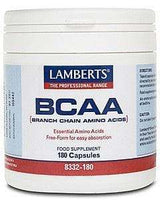














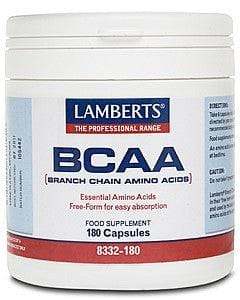


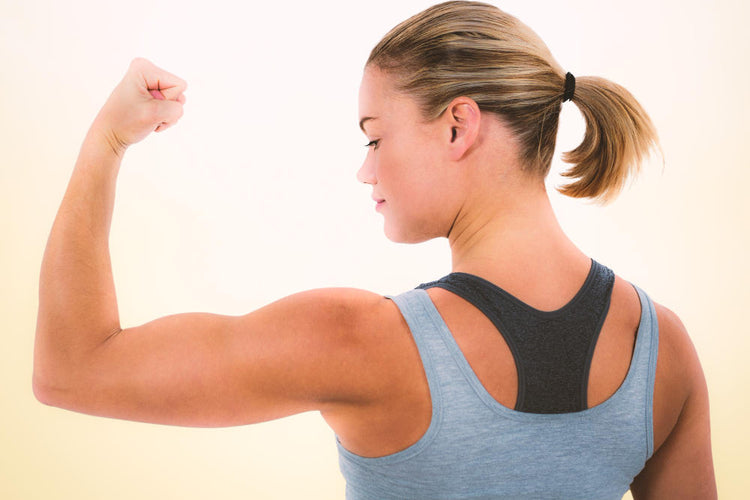

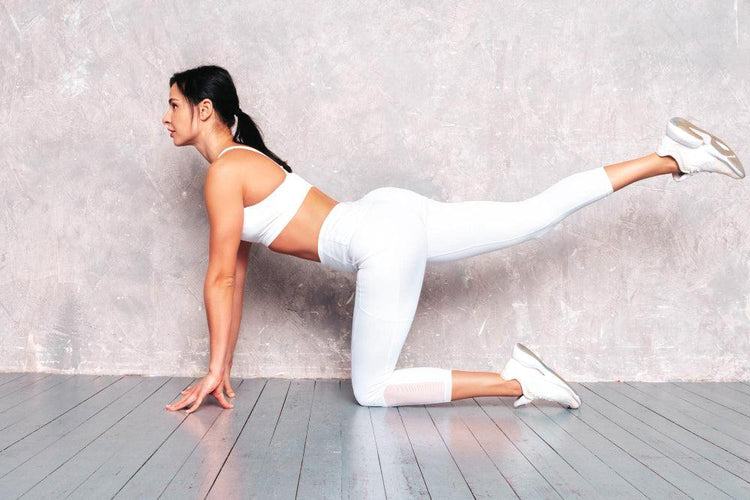

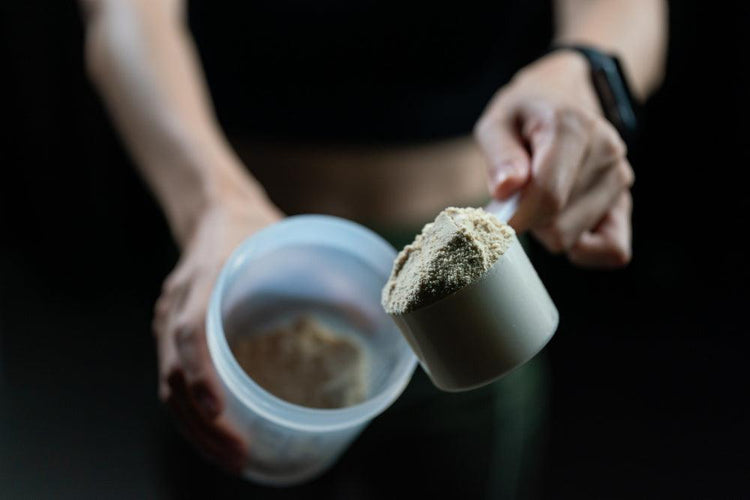
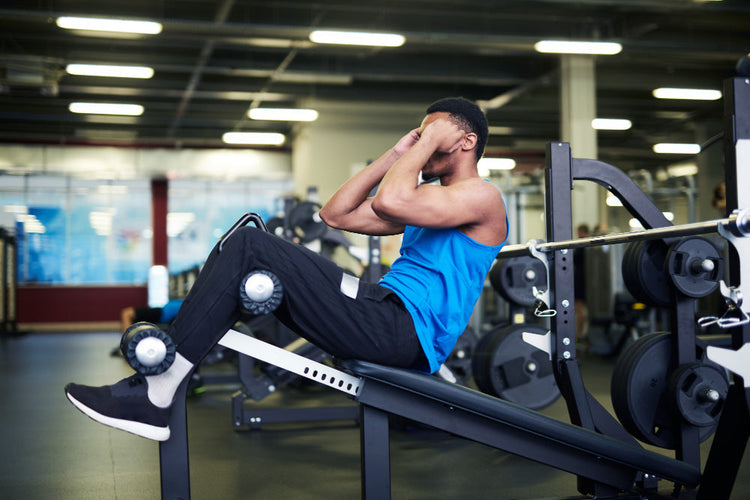



 Rated Excellent by 26,523+ Reviews
Rated Excellent by 26,523+ Reviews